This interesting infographic posted by Vinepair titled “How to decode an American wine label” came across my radar recently.
If you’re a regular reader of my blogs you know wine labels are a “near and dear” topic for me. (So much that I even wrote a book about them.)
First of all let me give appreciative credit to Vinepair for putting this together. Wine labels have a lot going on behind them so I give kudos to Vinepair for the creation of this helpful graphic. Their infographic does explain the basic details about wine label items. There are deeper levels going on here that I’d like to further clarify. Those levels are specific to TTB requirements and so in turn to the winery that made and or bottled the wine So to further decode the decoding on this infographic here they are item by item:
Brand/Producer: What appears on a wine label as the “brand” is a required TTB item on any wine label. It may be the name of the winery, though as Vinepair points out it is also often another brand that the winery has created to sell a separate line of their wines through. A brand is something that consumers also become familiar with- as in developing a brand loyalty sort of following.
State/County/AVA/Variety: They get the basics of this correct here as far as the TTB percentage requirements for listing a state or county name (75%) or AVA name (85%) on your wine label. These percentage requirements are specific to the grape sources though, whereas use of a variety name on a wine label is always a 75% minimum. So for example a wine blend that contains 77% Cabernet Sauvignon and 23% Merlot and 100% of it comes from grapes grown within the Napa Valley AVA qualifies to list Cabernet Sauvignon and Napa Valley on its labels.
Vintage: The statement here that this is the year the grapes were grown and harvested is accurate, but digging deeper the use of it on a wine label backs into TTB minimum percentage requirements & into what “geographic area” is listed on the label. The TTB requires an appellation of origin (state/county/AVA name) to be listed on any wine label that lists a vintage. If the appellation that is listed is either a county name or a state name then the minimum percentage requirements to qualify for listing a vintage is 85%. If the appellation listed on the label is an AVA name, then the minimum percentage requirement to list a vintage narrows to 95%.
Name & address: Here Vinepair accurately states, “depending on the level of involvement in all stages of the wine making process the text preceding the producers address will vary.” Yes- but what exactly does all that mean? Their label here lists “Grown, produced and bottled” in the name and address statement. What does that tell you about the wine? Grown and produced have two separate definitions and percentage requirements. To use the term “grown” the winery must either own all the land that 100% of the grapes for this wine came from or have a long term lease on that land. (at least 3 years) To use the term “produced” in this statement means that the winery where this wine was bottled must have either fully fermented or at least completed fermentation on a minimum of 75% of the blend in that bottle. I emphasize bottled here because it is fairly common for wines to be bottled at a different site than where they were fermented. (The term “produced” translates to “fermented” in the TTB’s eyes)
Alcohol content: An alcohol content is a required item on any wine label. The TTB has allowable tolerance ranges for what is listed on a label, to what the actual alcohol content of the wine is. On the label here with a 15.1% alcohol listed the actual content of this wine could be as low as 14.1% up to as high at 16.1% and would still be within TTB compliance.
To sum up here is what a consumer looking at the wine label in this infographic would know about the wine in the bottle:
- At least 85% of the grapes used to make this wine came from within the Napa Valley AVA
- At least 75% of the grapes in the blend are Cabernet Sauvignon
- At least 95% of the grapes were harvested in the 2010 vintage
- 100% of the grapes were grown on land owned or long term leased by the winery
- At least 75% of this wine blend was fully fermented or finished fermentation at the winery site in Yountville, CA
